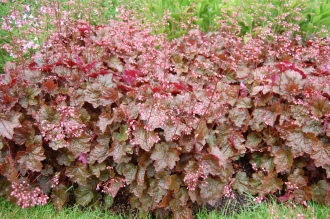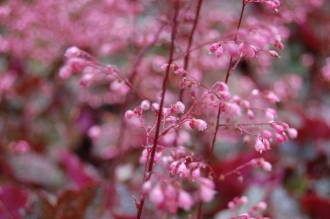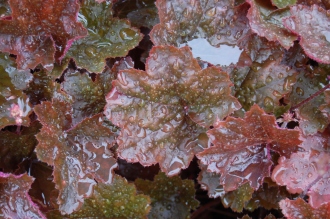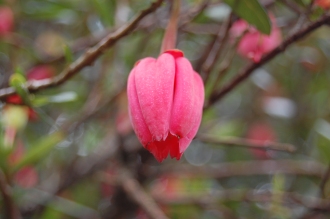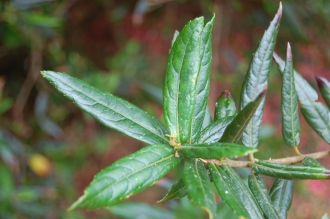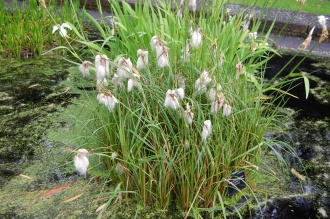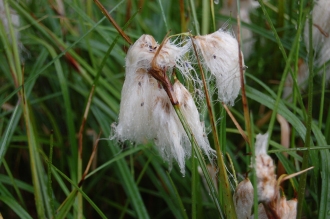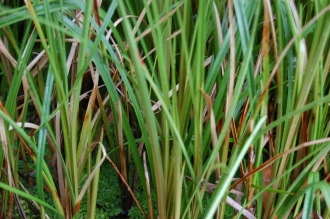Position: Full sun to partial shade
Flowering period: Summer
Eventual Height: 40cm
Eventual Spread: 40cm
Hardiness: 4a, 4b, 5a, 5b, 6a, 6b, 7a, 7b, 8a, 8b, 9a
Family: Saxifragaceae
Heuchera ‘Rachel’ is a semi-evergreen herbaceous perennial with a clump forming habit. Its red/ purple leaves are chordate and with shallowly lobed margins, up to 10cm across and 8cm long. It pale pink flowers are tubular, appear in sprays on wiry stems above its leaves.
Heuchera ‘Rachel’ is commonly known as Alum Root, Coral Flower or Coral Bells.
The etymological root of the binomial name Heuchera was named for Johann Heinrich von Heucher, the 18th century professor of medicine and botanist at Wittenberg, Germany.
The Landscape architect may find Heuchera ‘Rachel’ useful as an effective low ground cover when planted en mass. If grown in full sun this plant requires a constantly moist soil to look good.
Ecologically, Heuchera ‘Rachel’ flowers are attractive to pollinating insects.
Heuchera ‘Rachel’ prefers moist, fertile, humus rich, well-drained soils. It tolerates most pH of soil.
Heuchera ‘Rachel’ requires little maintenance. If desired flower heads and foliage may be removed if looking untidy. Large clumps may be divided in autumn.
